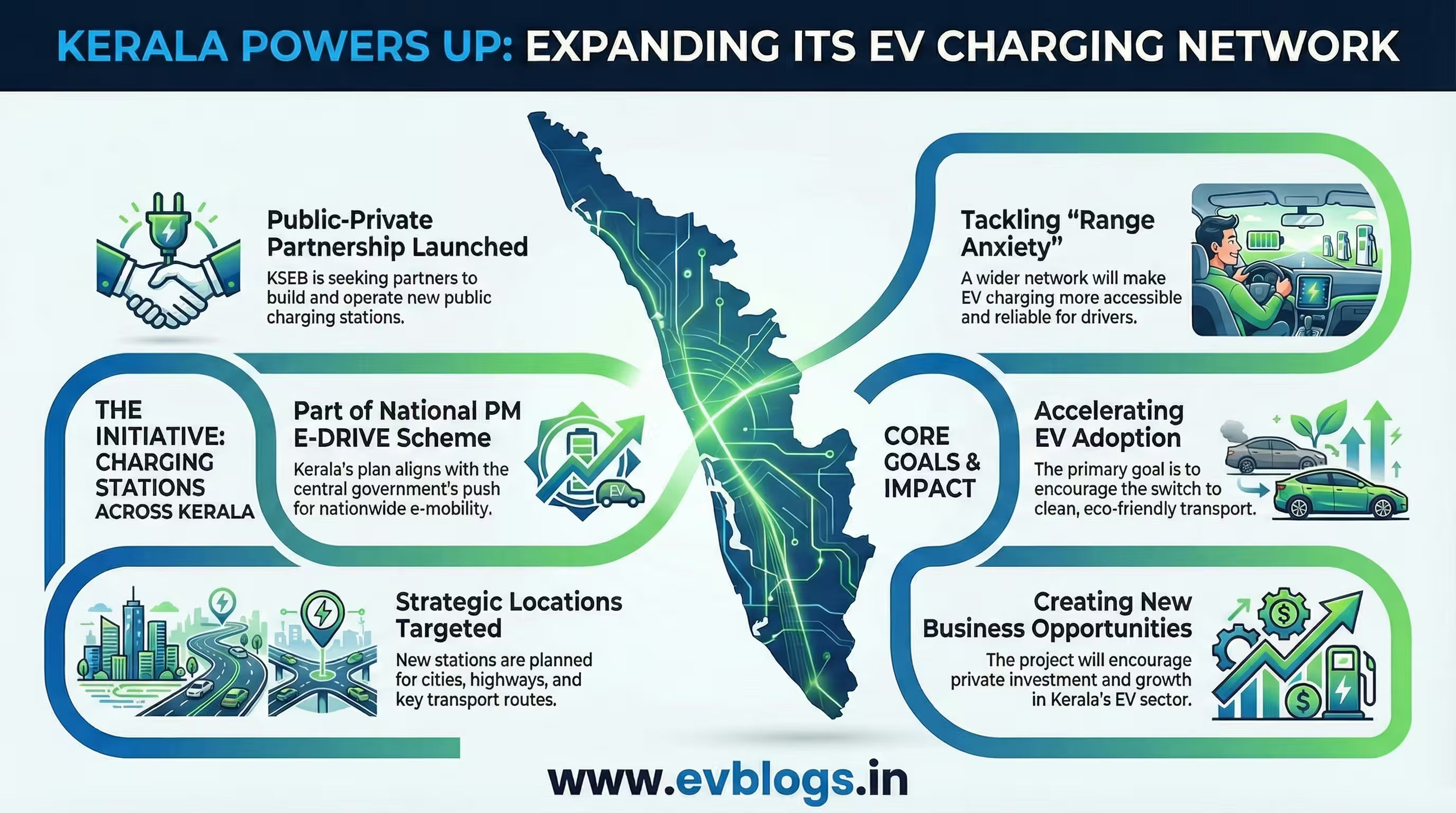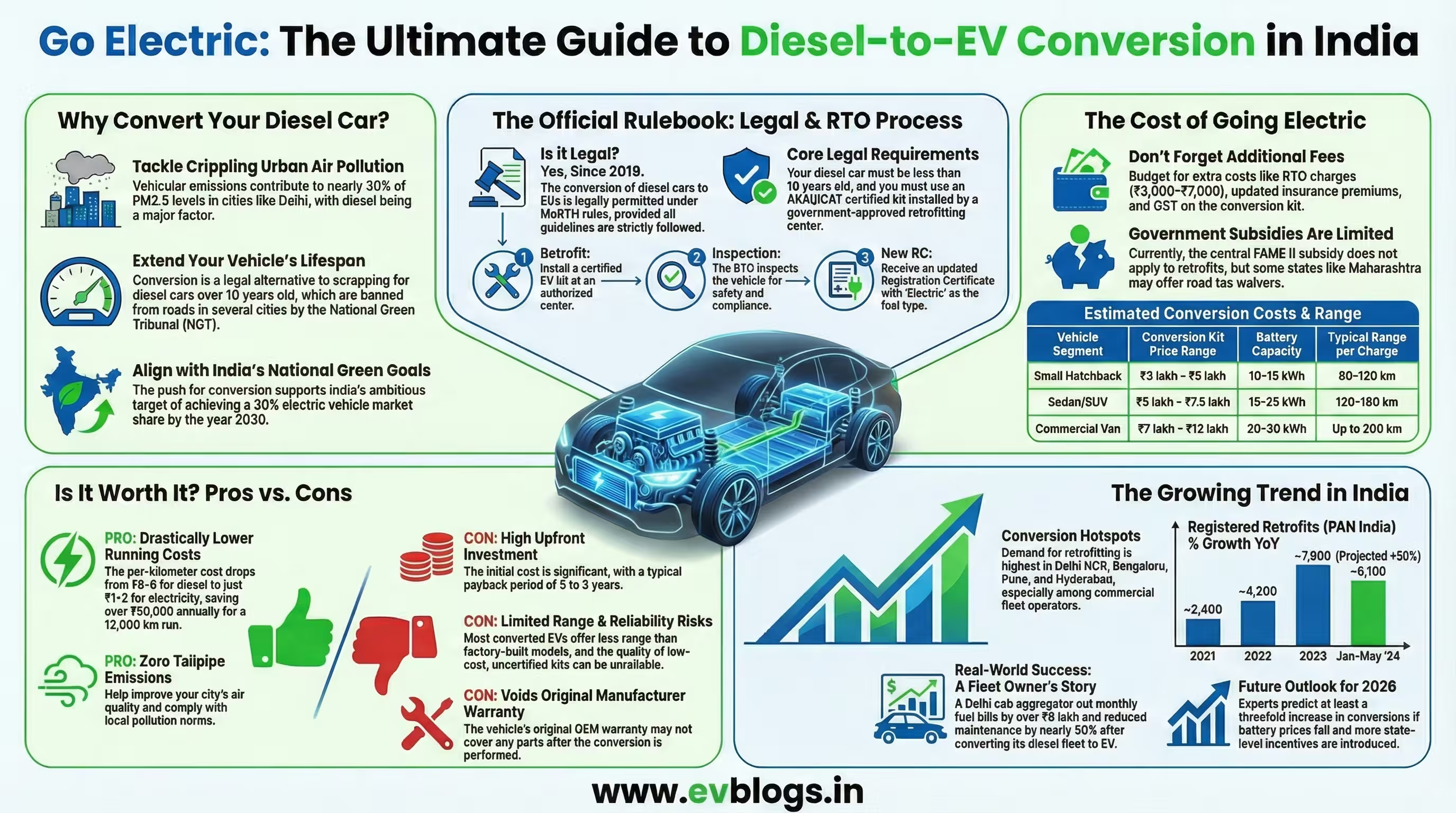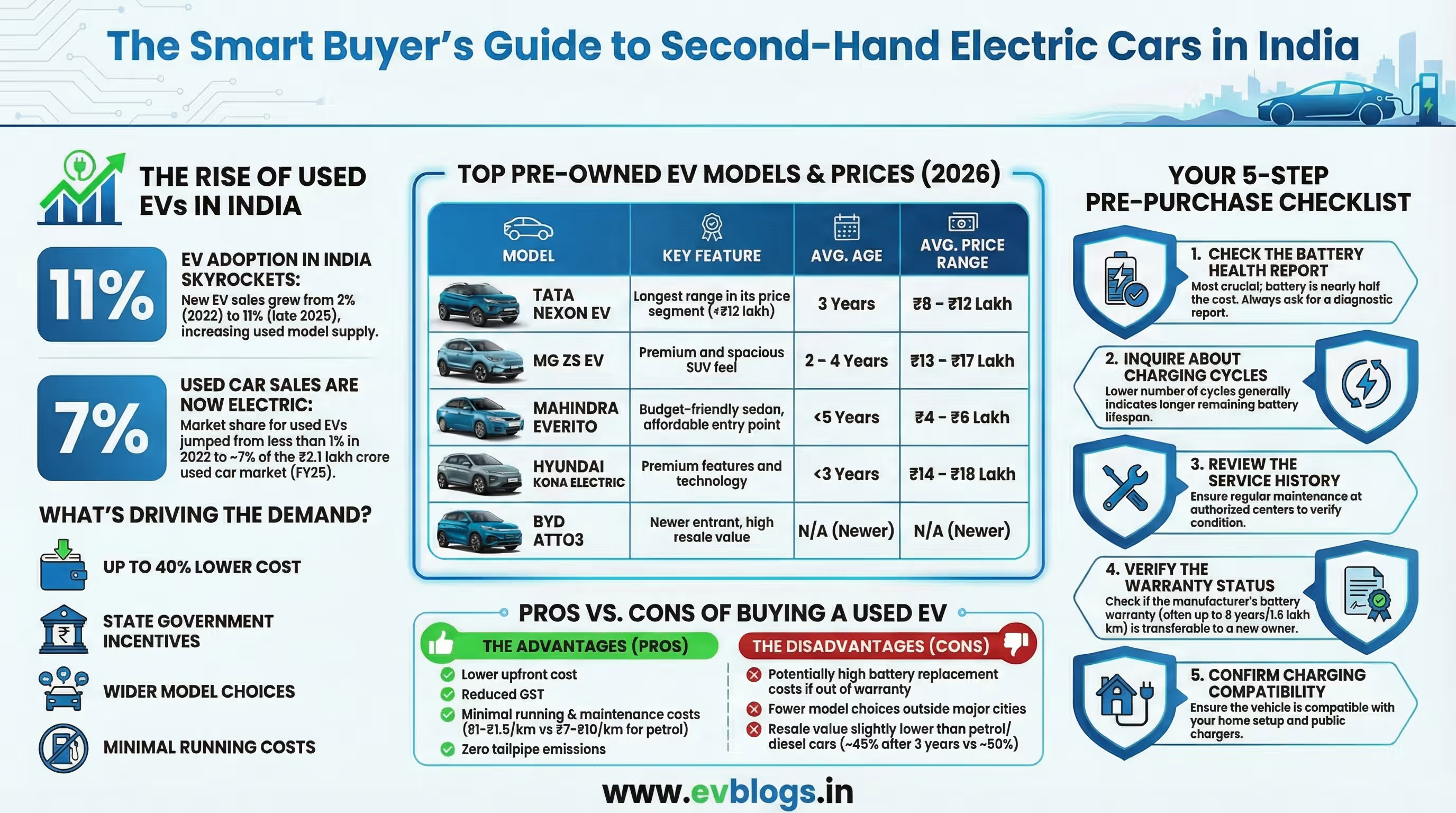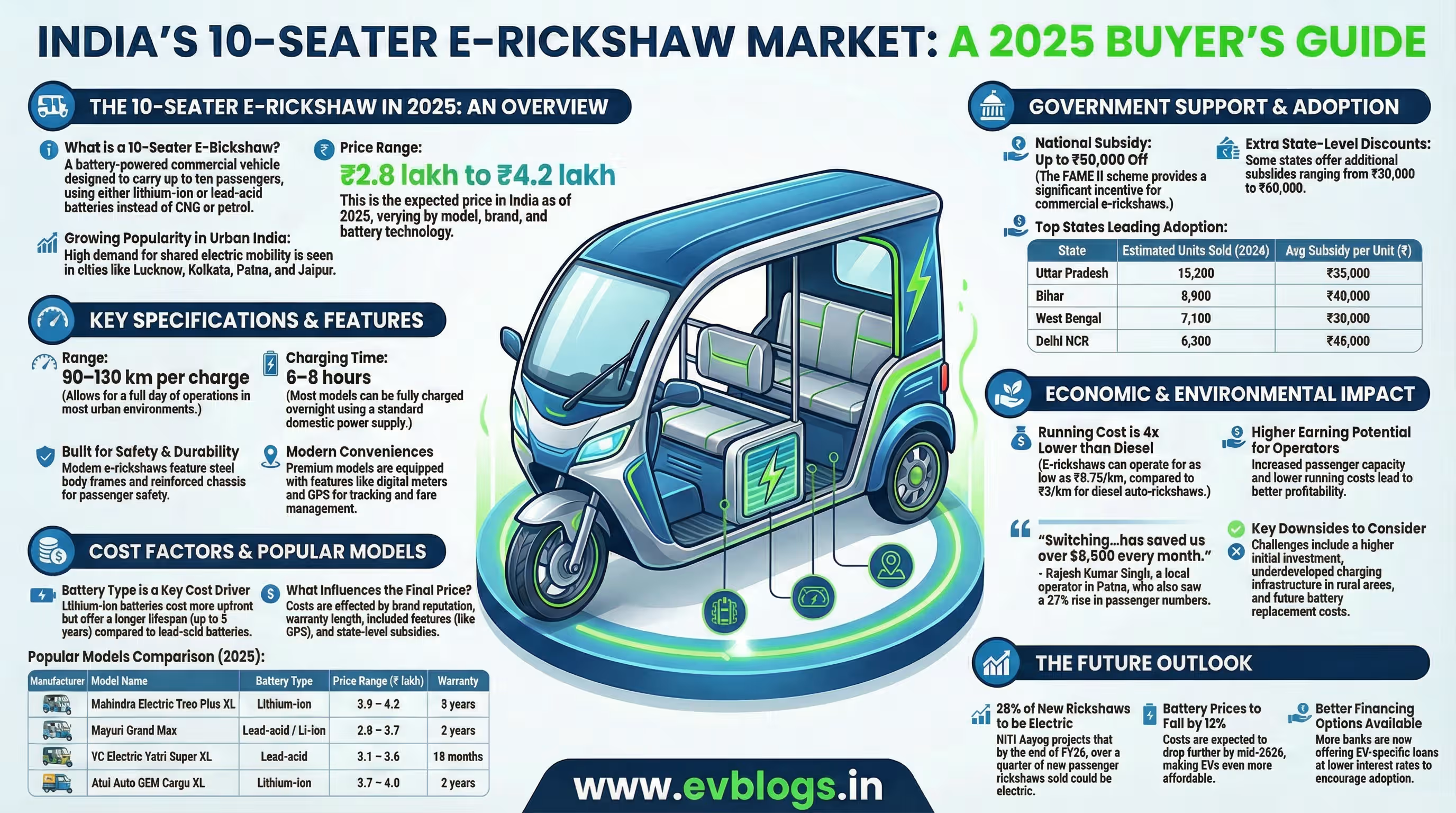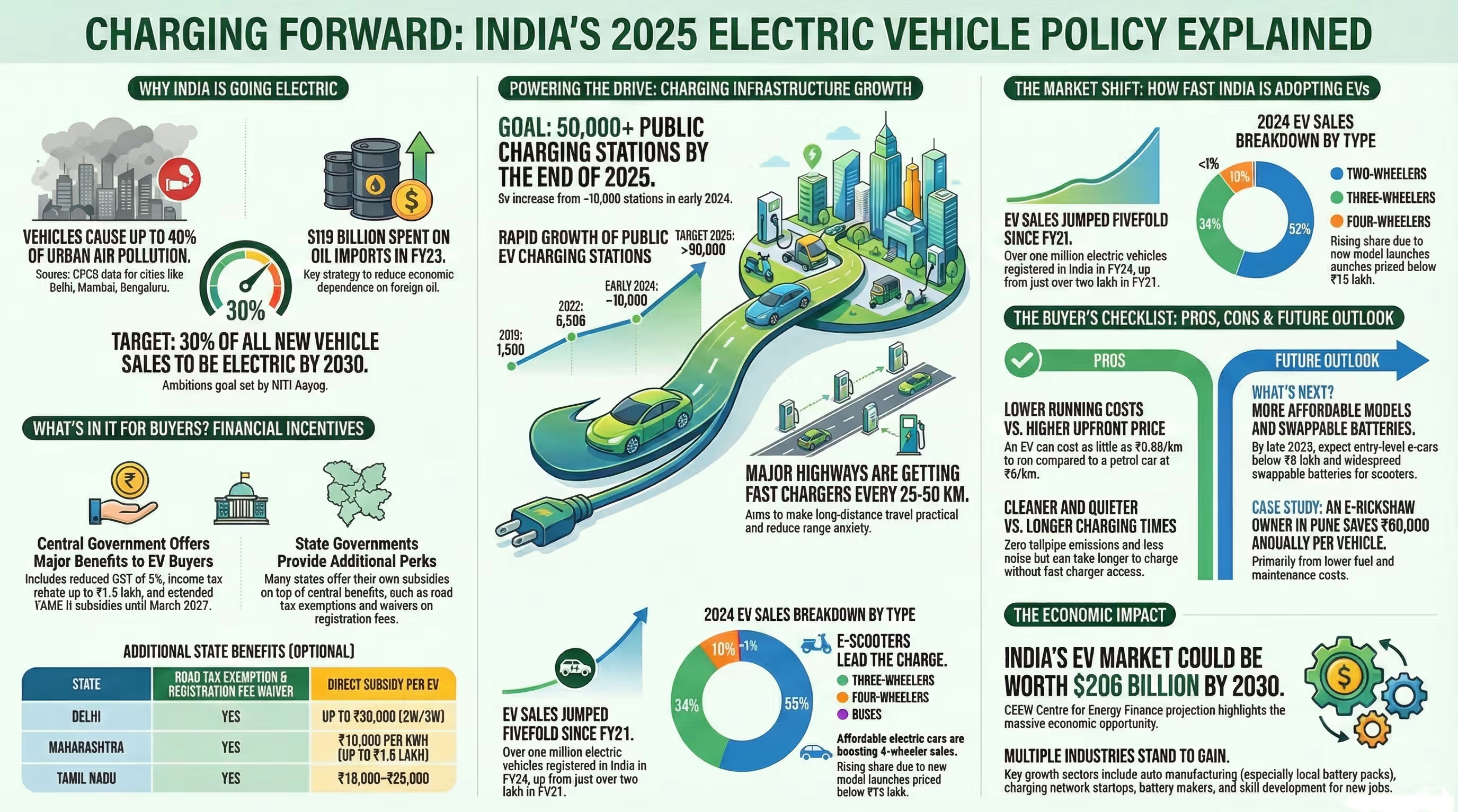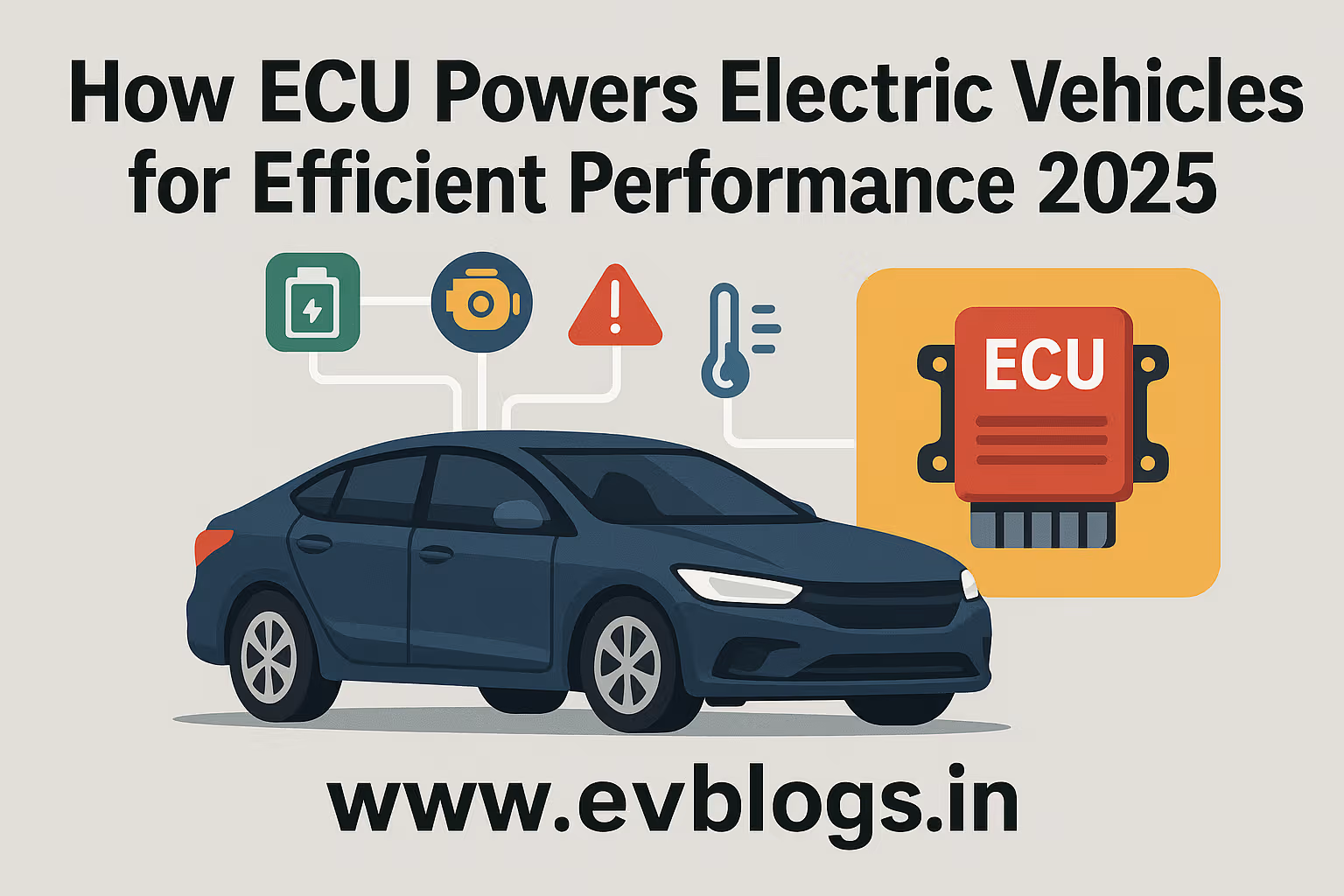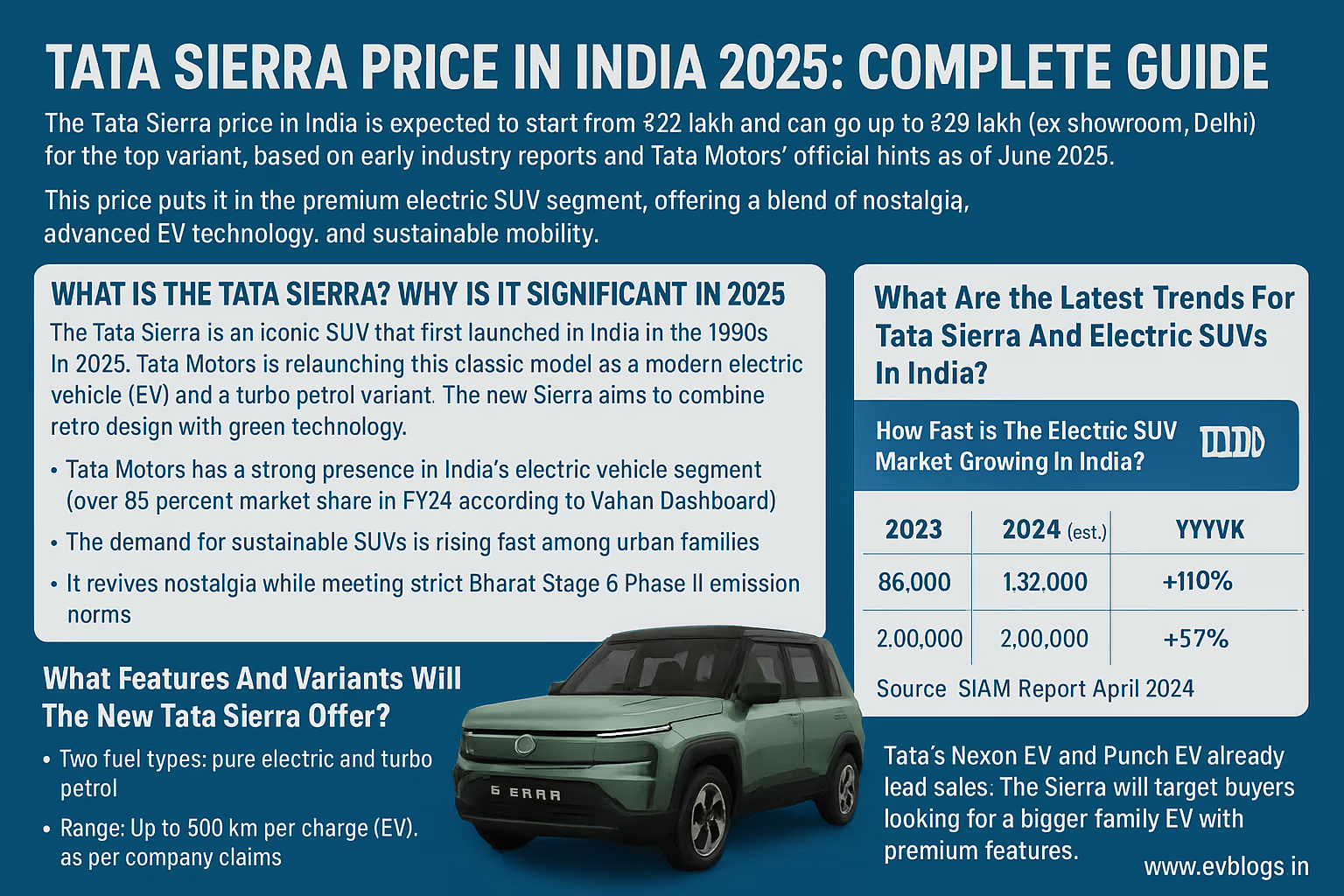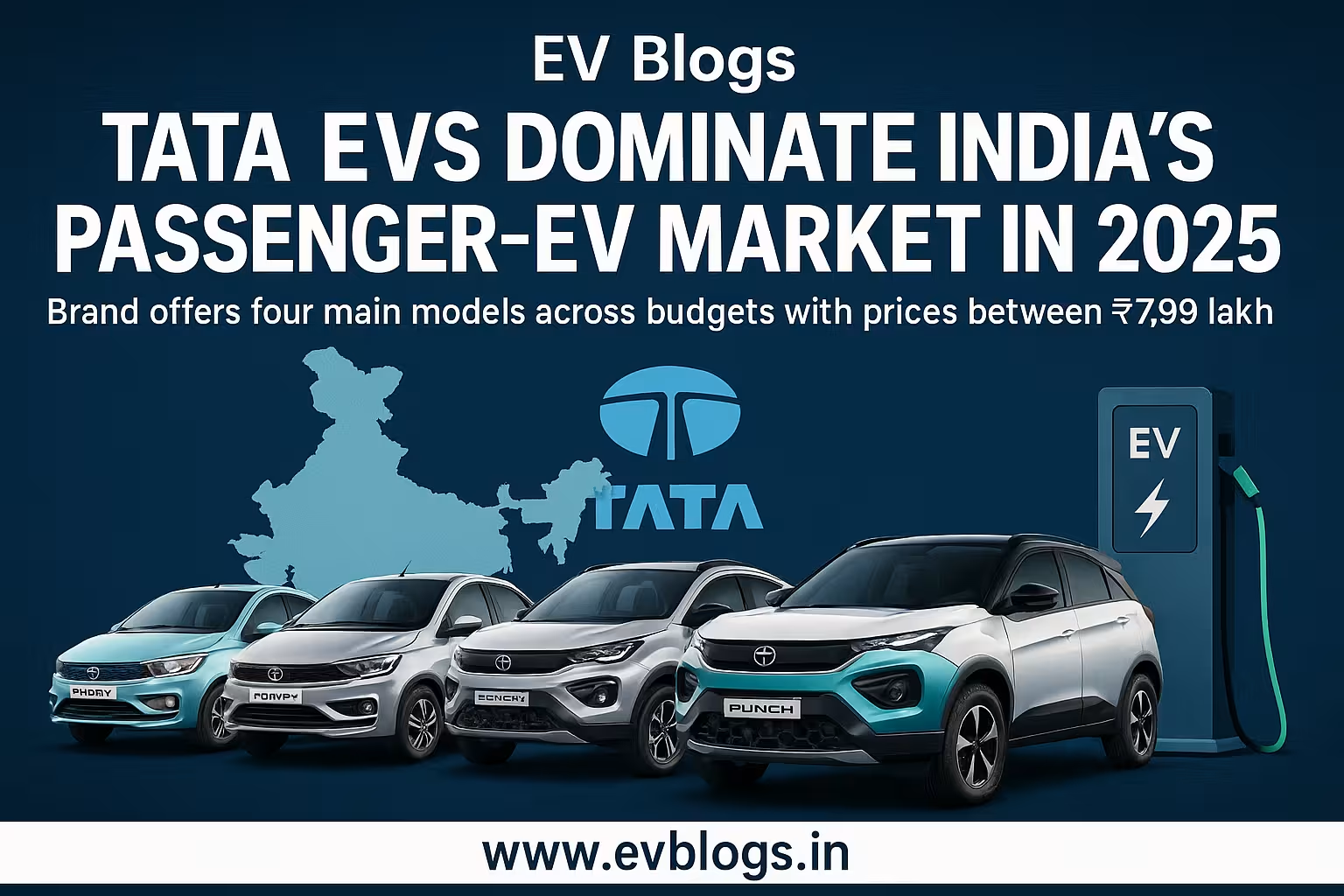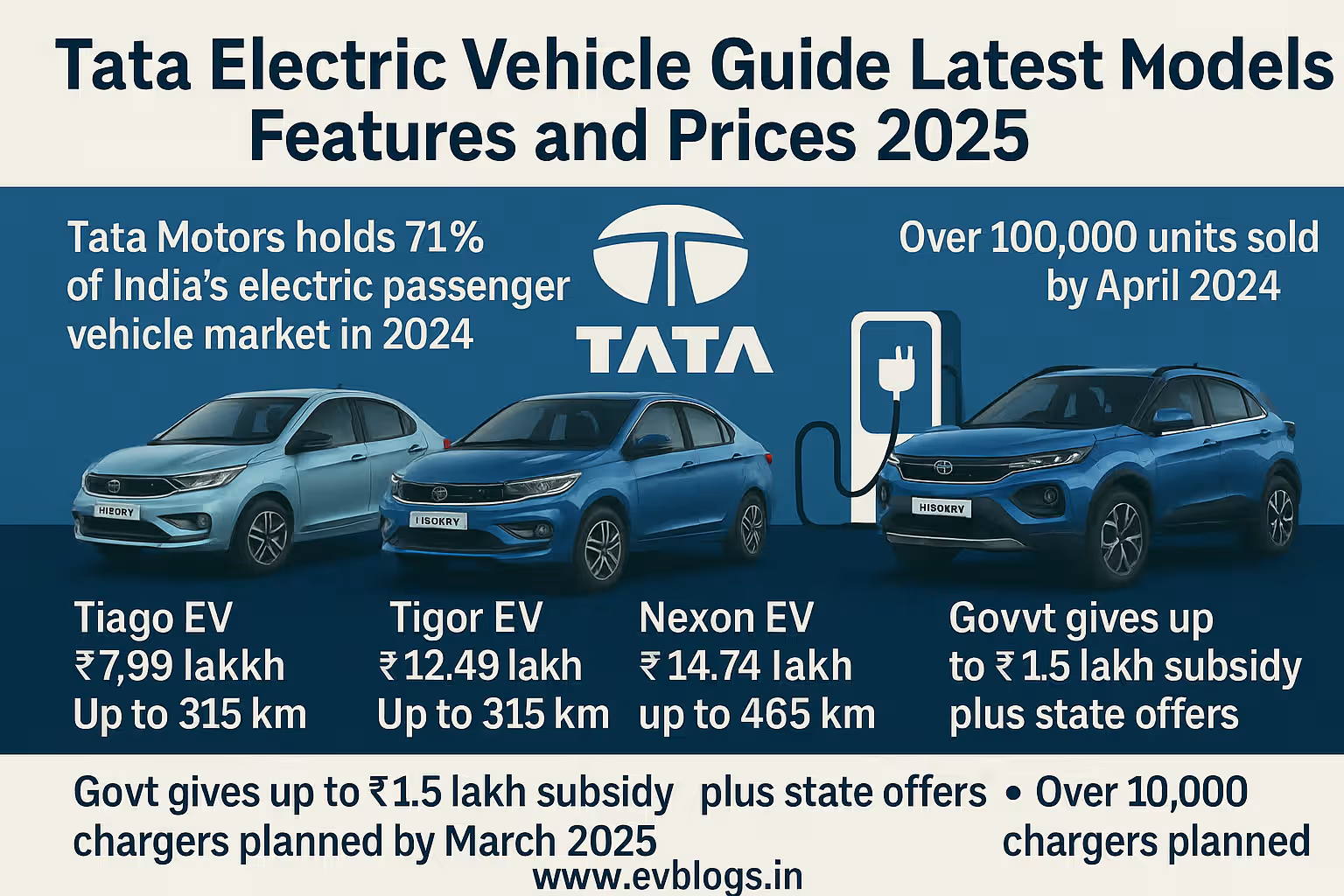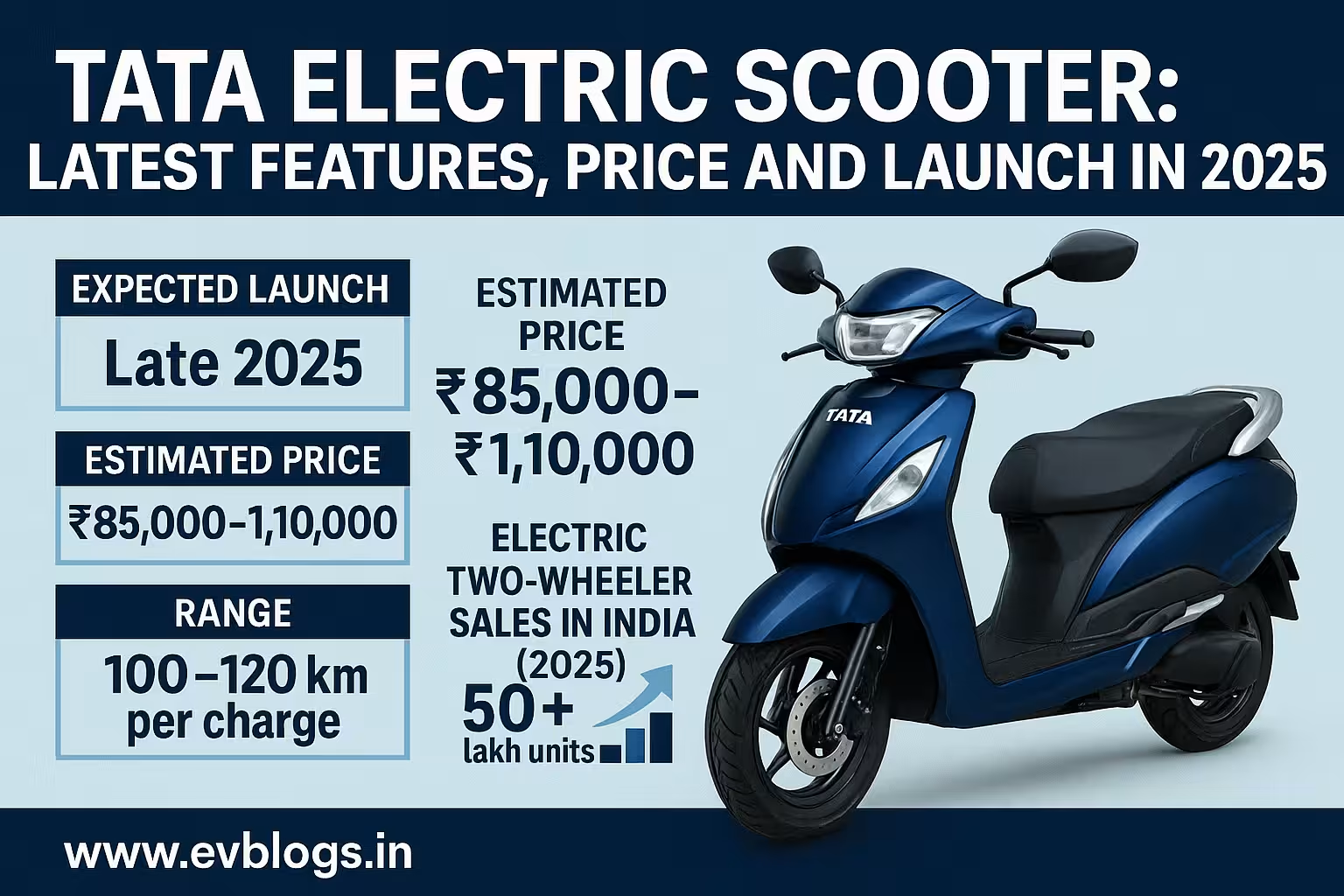Hedhvick Hirav
Hedhvick Hirav is a dedicated EV researcher and editor with over 4 years of experience in India’s growing electric vehicle ecosystem. Their contributions have been recognized in leading sustainability publications and automotive journals.
Summarize & analyze this article with
Choose an AI assistant and open this article directly:
Tip: if the AI doesn’t fetch the page automatically, paste the article URL manually.
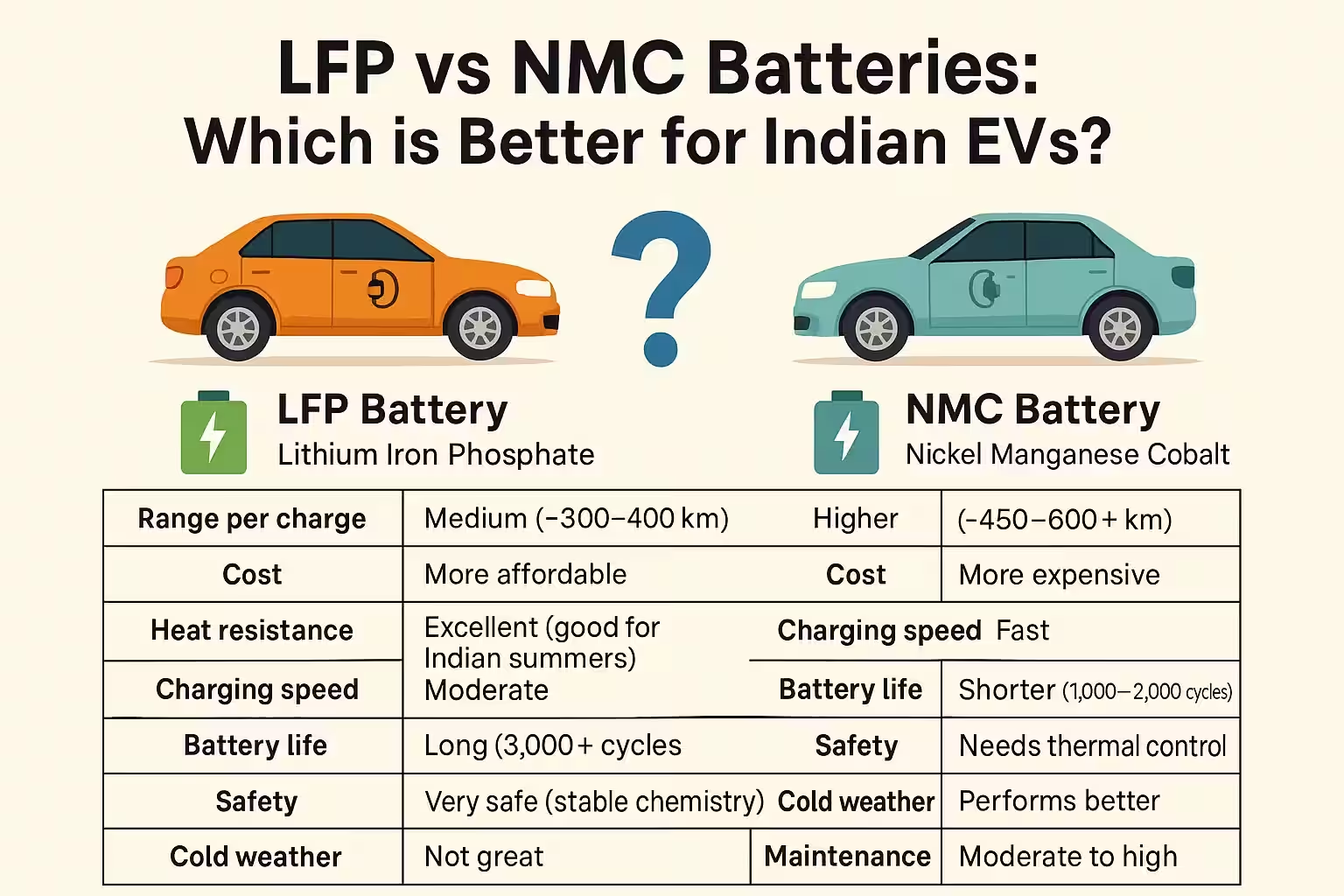
When it comes to buying an electric vehicle (EV) in India, most people look at price, range, brand, or features. But very few pay attention to something even more important—the type of battery inside the vehicle.
Why does it matter? Because the battery isn’t just one component. It’s what powers the motor, decides your range, affects your charging speed, determines your safety, and even influences the resale value of your EV.
In India, two types of batteries are most common—LFP (Lithium Iron Phosphate) and NMC (Nickel Manganese Cobalt). Both have their strengths. But which one is more suitable for Indian driving conditions, climate, traffic, and usage habits?
In this blog, let’s explore the LFP vs NMC debate in detail—with no technical jargon. Just a clean, informative breakdown for Indian EV buyers.
What Are LFP and NMC Batteries?
Let’s start with the basics.
LFP (Lithium Iron Phosphate) batteries are known for their stability, safety, and long life. They don’t catch fire easily, can handle high temperatures, and can be charged and discharged thousands of times. They are slightly heavier and provide less range for the same size, but they last longer and cost less.
NMC (Nickel Manganese Cobalt) batteries are all about energy density. That means they can store more energy in less space, which leads to longer range and quicker acceleration. However, they’re more sensitive to temperature, need proper cooling systems, and generally cost more.
Why This Matters for Indian Conditions
India has its own unique driving environment. Whether you’re in Delhi, Chennai, or Bangalore, you know we face:
- Hot summers with 40°C+ temperatures
- Dense stop-and-go city traffic
- Limited public fast-charging infrastructure
- Budget-conscious buyers
- Poor power backup in some areas
Because of these factors, the type of battery you choose can seriously affect how your EV performs daily. It’s not just about range—it’s also about safety, durability, and practicality.
Detailed Comparison: LFP vs NMC
Here’s a breakdown of how these two battery types perform in real-world terms:
| Criteria |
|---|
| Range |
| Cost |
| Heat Resistance |
| Charging Speed |
| Battery Life |
| Safety |
| Weight |
| Cold Weather Use |
Which EV Brands Use What?
EV makers in India have started choosing battery chemistry based on product pricing and use cases.
EVs with LFP Batteries:
- Tata Nexon EV Prime & EV Max (2024 updates)
Tata shifted from NMC to LFP in newer models for better safety and cost savings. - Ola S1 Pro Gen 2 & Ola S1 Air
Ola adopted LFP for improved thermal stability and longer life for city commutes. - BYD e6 and BYD Atto 3
BYD is a global leader in LFP technology. Their Blade battery is considered one of the safest. - Euler Motors Cargo 3-wheelers
These are used in high-temperature, high-usage conditions, where LFP performs better. - Yulu Bikes
Swappable batteries for shared mobility, mostly LFP due to their long cycle life.
EVs with NMC Batteries:
- MG ZS EV
A family SUV with NMC battery offering ~461 km claimed range. - Hyundai Kona Electric
One of the earliest premium EVs in India with 39.2 kWh NMC battery. - Kia EV6
High-performance EV with fast charging and long range using advanced NMC. - BMW i4, iX, Mercedes EQS
Luxury brands stick with NMC for maximum power and energy efficiency. - Ather 450X (early versions)
Uses NMC for quick acceleration and fast charging, popular with urban riders.
Real-Life Use Cases for Indian Drivers
Let’s look at how the battery choice affects different types of EV users in India:
City Commuters
If your daily commute is between 20 to 50 km, mostly in traffic, with slow speeds and home charging at night, LFP is the better choice. It’s safer, more durable in hot climates, and cheaper to maintain.
Highway and Intercity Travellers
If you frequently travel between cities or need 300+ km per charge, NMC is ideal. You’ll benefit from higher energy density and faster DC charging support.
Fleet Operators (Taxis, Delivery, Rentals)
Fleet usage means high mileage every day. LFP is again the winner because of its long battery cycle life, lower operating costs, and better heat performance.
Premium EV Buyers
If performance, instant torque, and range are top priorities—and you have access to fast chargers—NMC is more suitable. Luxury brands prefer this chemistry for a reason.
What’s Changing in 2025?
The Indian EV battery market is shifting rapidly. Here are some key updates:
Tata’s Battery Manufacturing Plans
Tata’s group company Agratas is setting up a 20 GWh battery factory in Gujarat, focusing on LFP battery production to reduce import costs and increase local EV adoption.
BYD Blade Battery in India
BYD is aggressively expanding in India with its advanced LFP-based Blade Battery, known for safety, compactness, and longer life. Their Atto 3 has received good feedback on range and reliability.
Government Policy & Incentives
India’s FAME II subsidy favors affordable EVs. This benefits LFP-based models more, especially under ₹15 lakh, where government incentives boost affordability.
Tesla’s Global Strategy
Even Tesla, the world’s top EV maker, has started using LFP batteries in its standard-range models, citing cost-efficiency and safety. If Tesla enters India in 2025, they may lead with LFP-based variants.
Latest Industry Observations
- Range Gap is Narrowing: Earlier, LFP was behind NMC in range. But now, innovations like BYD’s Blade Battery are closing the gap. Some LFP batteries now offer 400+ km range, which is enough for most Indian users.
- Charging Infrastructure Still Catching Up: India has limited ultra-fast charging stations today. So NMC’s fast-charging advantage isn’t always usable. Most people still charge their EVs overnight at home using a 15A plug.
- Resale Value Trends: While NMC-powered vehicles initially had better resale due to range, that is changing. LFP’s safety and long life are improving second-hand market trust.
Final Verdict: Which One Should You Choose?
There’s no single winner. It depends entirely on how and where you plan to use your EV.
Choose LFP if you:
- Drive mostly within your city
- Live in a hot region (like Chennai, Hyderabad, or Delhi)
- Are budget-conscious and want lower running costs
- Charge at home or overnight
- Want better safety and longer battery life
Choose NMC if you:
- Drive long distances often
- Want faster charging speeds and longer range
- Prefer premium cars and performance features
- Have access to fast charging networks on highways
- Are okay with slightly higher maintenance and cost
In short, if India’s mass EV adoption continues, LFP will power the majority of cars due to affordability and reliability. NMC will stay dominant in the performance and premium segments.
Both battery types are improving fast. And whichever one you choose, you’re contributing to India’s clean energy future.


